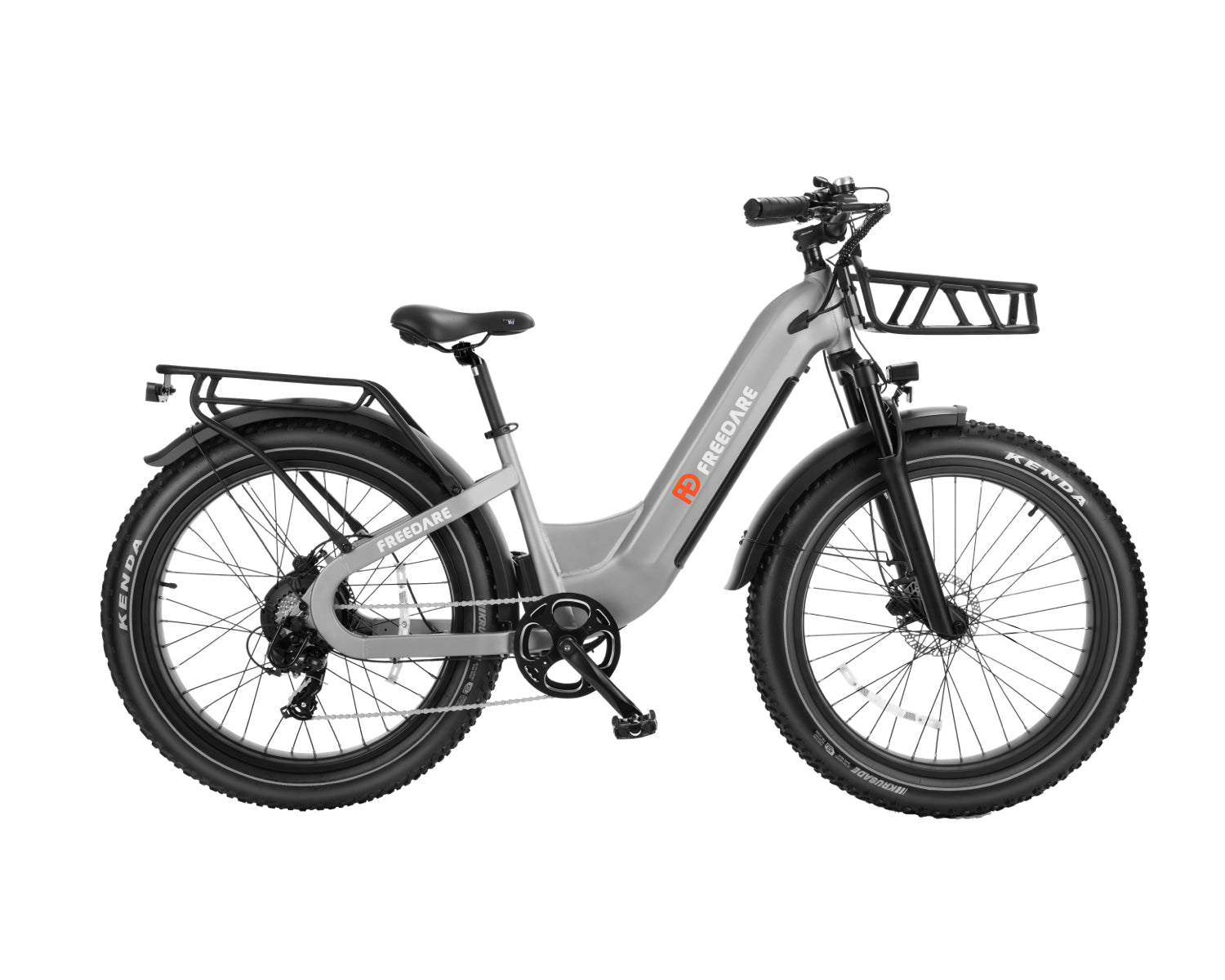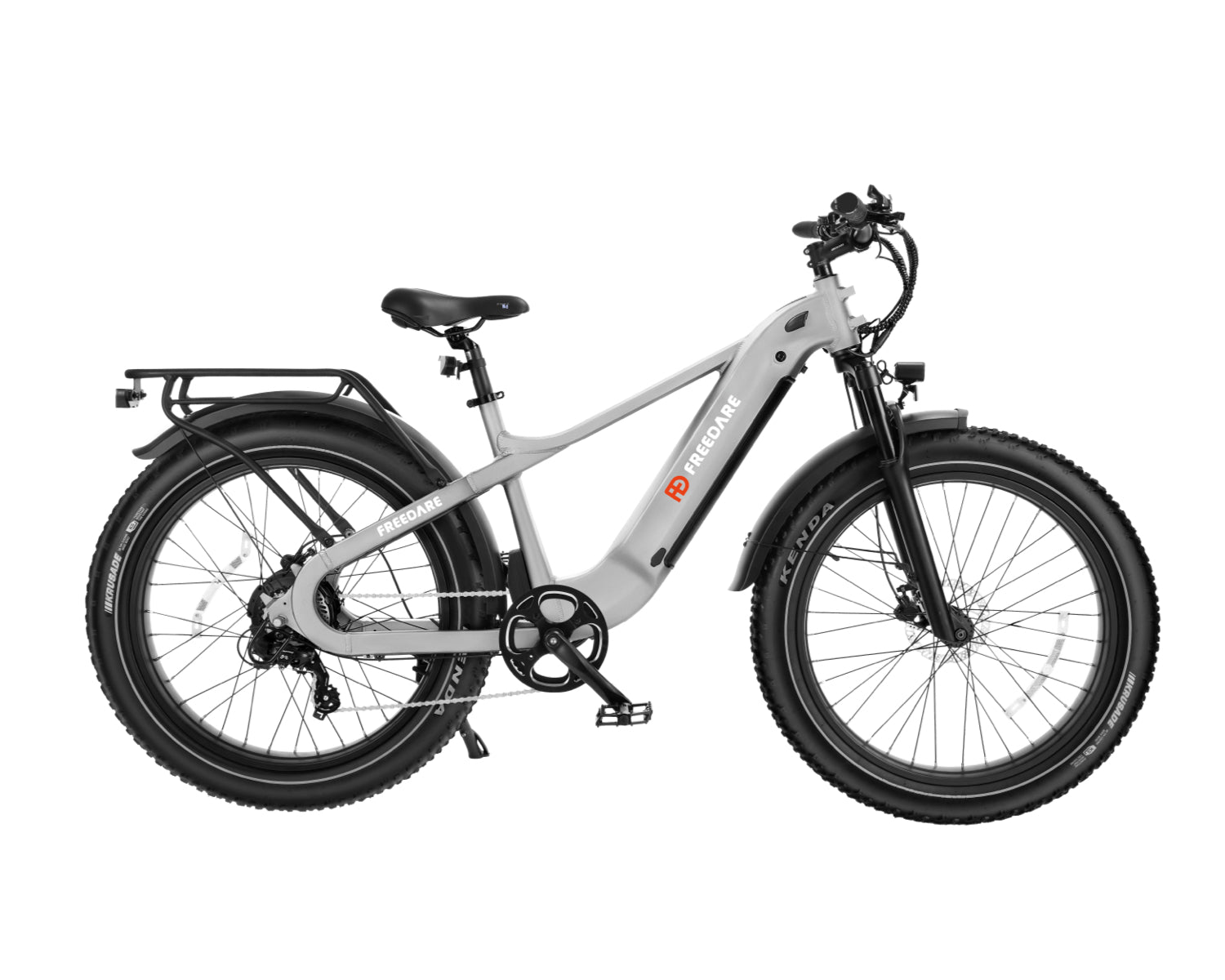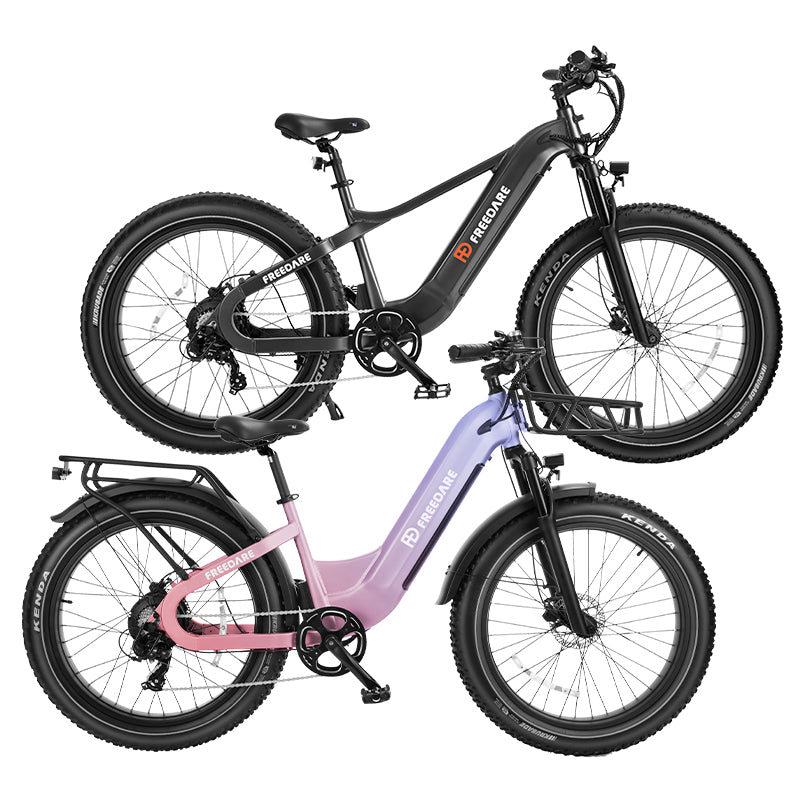When you are planning a long-distance trip, you may need to bring your electric bike with you but don't know how to transport this heavy and large ebike. You might be looking for a good ebike carrier, and you may not know what should be noticed when mounting an e-bike on the rear of your SUV, Truck or RV Camper. In that case, it is essential for you to read this blog post as it can provide helpful information.
Here are the 5 things you should notice if you need to transport your ebike:
1. Turn Off The Power
When carrying or transporting the electric bike, please turn off the power to avoid accidental acceleration from the motor by mistakenly twisting the throttle.
2. An Ebike Carrier
Only use a bike carrier/racks (a bike carrier for car or other vehicle including truck, RV Camper, SUV) designed for the size and weight of your ebike.
When you're choosing a bike carrier, we will recommend you pay attention to whether the carrier can accommodate the width of your ebike tires, and the payload of the carrier. Most bike carriers on the market can hold 2 bikes.
For example,
Freedare Eden is 84.2lbs, then the payload of a single frame must be greater than 85lbs, and the weight of two Edens is 168 lbs. The total load of the ebike carrier needs to exceed 68lbs. Moreover, Eden has a length of 76.2'' and features a 26-inch fat tire. Any adjustable carrier can handle more than 168lbs and accommodate 26-inch wheels can be used.
3. Remove the Battery
When carrying your ebike on a carrier for transport, we will also recommend you remove the battery, and place/wrap it securely inside your vehicle, making sure it can't roll around and that its plugs and contacts are protected. This will reduce the weight of the bike, make lifting and loading your ebike easier, and keeps the bike battery safer.
4. Store the Battery in Temperature Range
Please remember do not leave a battery in direct sunlight or any location that is or may become excessively hot or cold, such as stock inside a parked car on a hot day.
Always store the battery within this temperature range to keep safe: -4°F to 140°F(-20°C to 60°C).
5. Public Transportation Rule
You may also use public transportation(buses, trains, etc) to transport your e-bike (city bike, folding bike). Just make sure to check with the relevant transportation authority for any rules regarding ebikes, such as weight limits, tire widths, and lithium-ion batteries.
6. Avoid Water Damage
Avoid transporting bike on your car during rain, which may cause water damage to the electrical. Rainwater can seep into the electrical components of the bike, potentially causing water damage and compromising its functionality.
Rust not only affects the aesthetic appeal of your bike but also weakens its structural integrity over time. Corrosion can occur on metal parts like chains, gears, and brake systems, hindering their smooth operation and reducing overall efficiency.
Lastly, if you do find yourself caught in unexpected rainfall while transporting your bike on a car rack or carrier system without adequate protection measures in place – make sure to thoroughly dry off all exposed areas once you reach your destination. This simple step will help mitigate any potential water-related damages that might have occurred during transit.
Conclusion
By following these guidelines during transportation will ensure your travel is safe and enjoyable. If you find this blog helpful, please feel free to share it and leave a comment.







If it’s necessary to remove the battery for transportation and the possibility of running into rain, is there a blank or cover that could cover where the battery plugs in and not leave those terminals exposed to the elements. If they make such a thing I need to get one please advise.